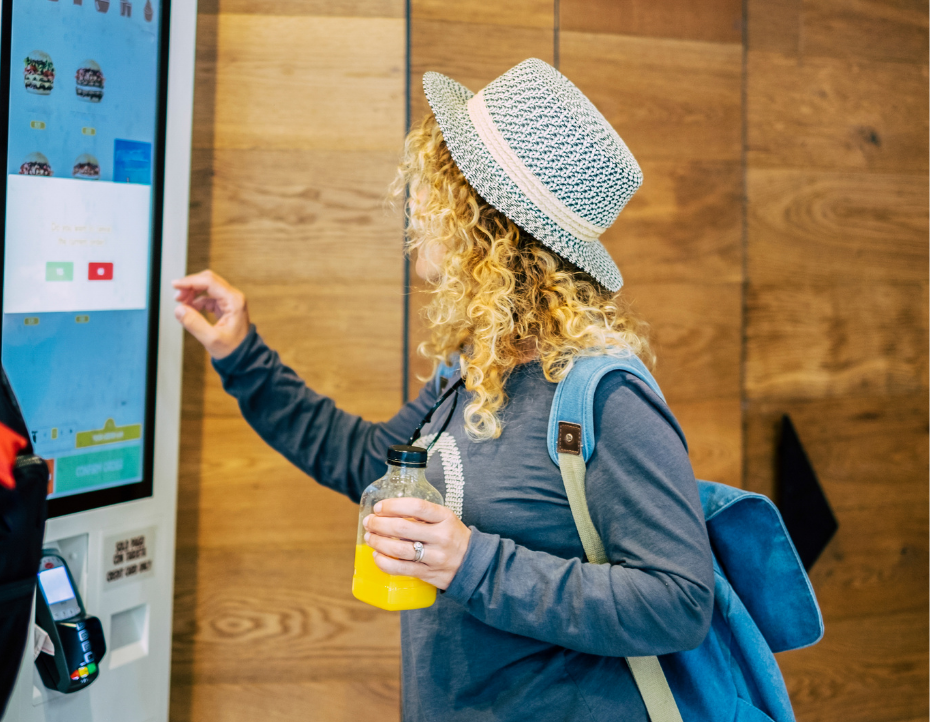Ensuring the safety of staff and customers in restaurants is one of the most significant issues for the hospitality industry today. Likewise, increasing the profitability of their businesses is a growing concern due to the situation experienced over the last year. One practical solution for both problems is the self-ordering service, a tool that’s currently experiencing its golden age.
It’s becoming increasingly common to go into a restaurant and find either a self-ordering kiosk, a QR code to access the menu, or the information needed to access the restaurant’s app to place an order. Although they existed before the pandemic, these three solutions are now being implemented in a greater number of establishments.
This is partly because service automation can be quicker and thus provide a higher table and customer turnover rate, while less contact between staff and diners ensures increased safety on both sides.
Three self-ordering options
Until a few months ago, it was most common to find self-ordering kiosks, especially in fast-food establishments, where the entire menu is available on the screen and customers use the terminal itself to place and pay for their order.
Similarly, although they were already starting to appear before COVID-19, it’s now very common to go into a restaurant and find a QR code on each table, which diners must scan to access the menu. This option has two variants.
On the one hand, once customers have accessed the QR code, they will either find the website or a PDF with the menu and must then place their order with the waiter or waitress.
However, it’s also becoming possible for these QR codes to take diners to the App Store or Google Play to install the restaurant’s app (if they don’t already have it). With this option, they can place their order from their own mobile phone, without the need for a member of staff to do so. Furthermore, these apps can even include the option to pay using their mobile when placing the order.
A common advantage of these three self-ordering options is that it’s possible to offer much more information than with a traditional menu, since they can include details of each dish (ingredients, allergens, portion sizes, etc.), high-quality photos, availability, offers, and so on with all the information considered necessary for diners.
Technology is increasingly present in all aspects of our lives, and the hotel and restaurant industries are adapting by leaps and bounds to this new Digital Age.



Follow us